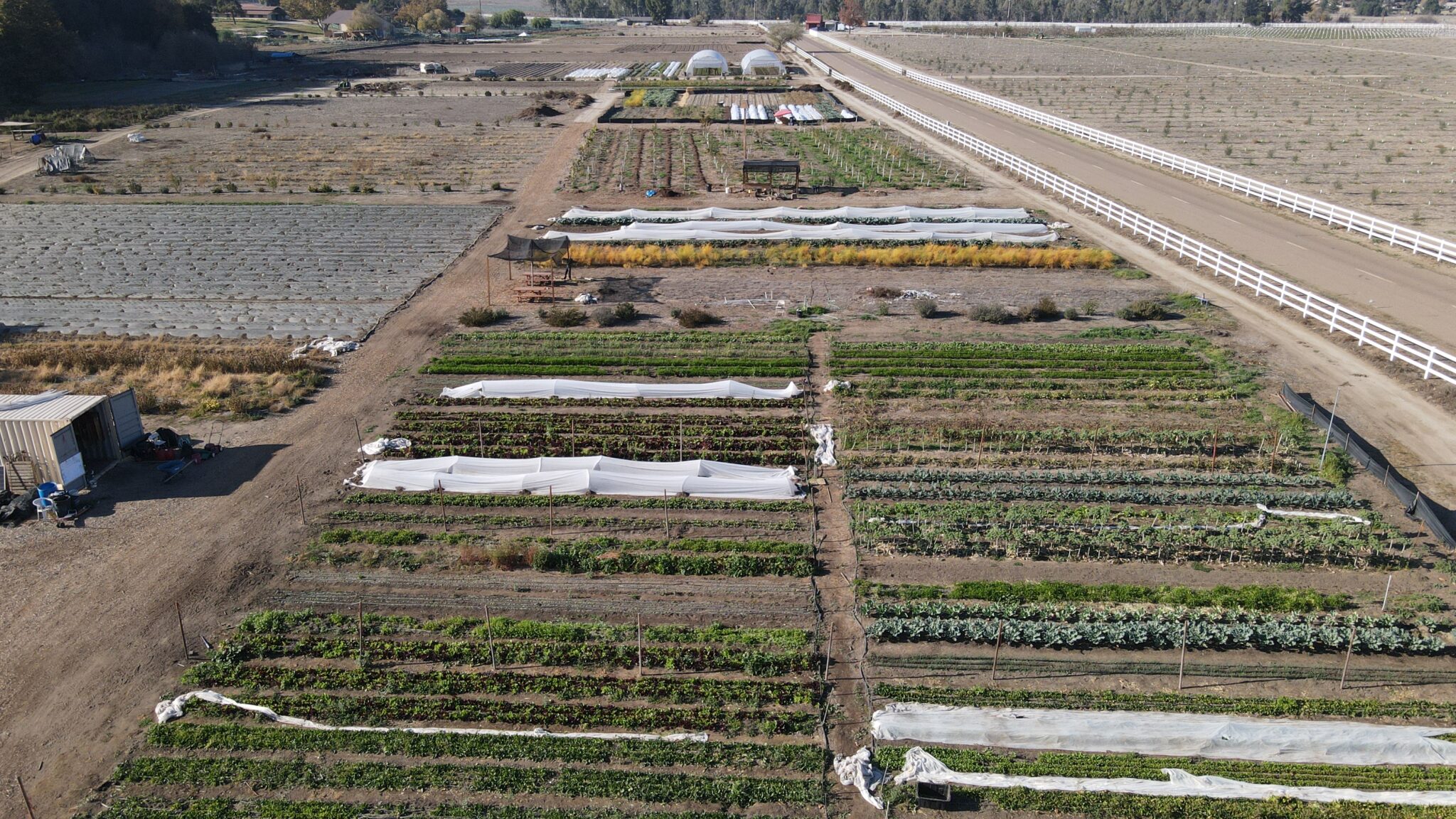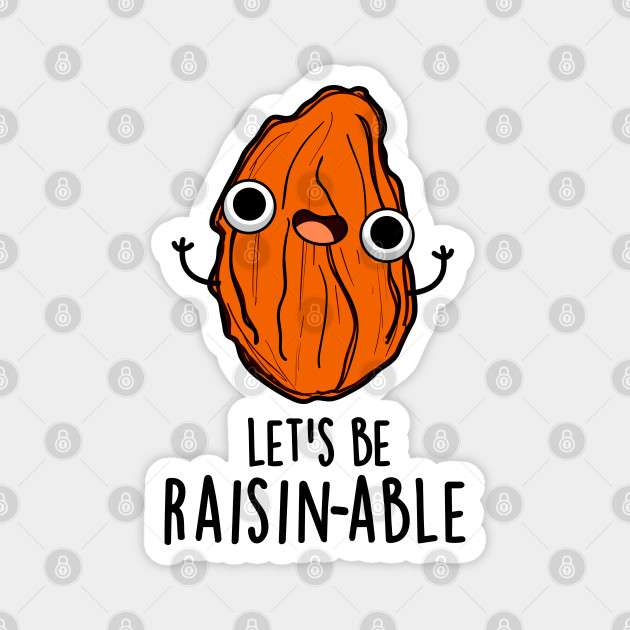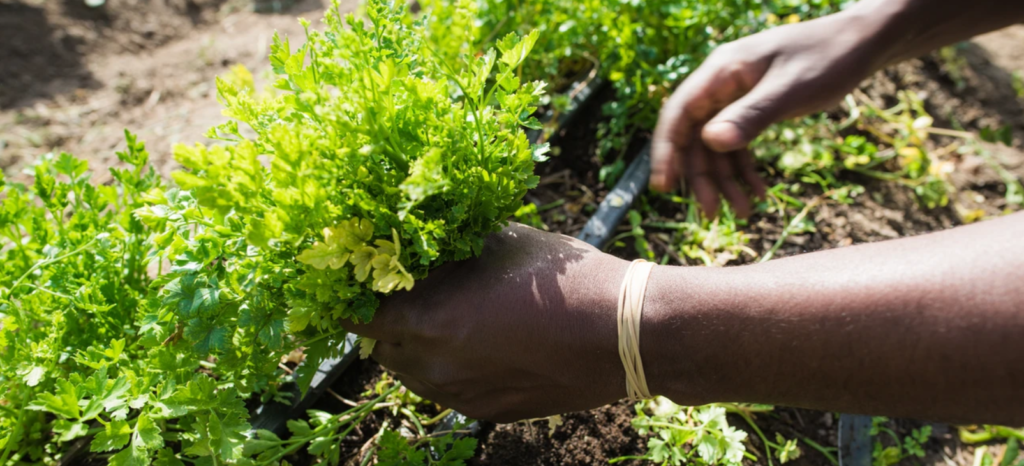Summary
Solidarity Farm in Pauma Valley, California, is pioneering carbon farming to combat climate change. After extreme heat destroyed their crops in 2017, the farm transitioned to regenerative practices that maximize carbon sequestration in the soil. This approach involves minimizing soil disturbance, planting perennials and ground cover, and employing low-tech solutions to reduce erosion and soil temperatures.
The significance of soil in addressing climate change lies in its ability to store carbon. While excess carbon in the atmosphere contributes to global warming, carbon in the ground is beneficial. Plants absorb carbon dioxide through photosynthesis, which is then stored in the soil as organic matter. Experts estimate that global agricultural lands have the potential to sequester vast amounts of carbon.
The emissions from food, agriculture, and land use are nearly as significant as those from electricity generation. Solidarity Farm has successfully increased its soil carbon levels, resulting in reduced water usage and a drawdown of approximately 600 metric tons of CO2 per year.
Regenerative farming practices have the potential to address climate change by improving soil health. Healthy soil, in turn, leads to healthier crops, humans, and a healthier climate. While some caution against oversimplifying the impact of regenerative farming, there is a growing consensus that it plays a crucial role in mitigating climate change.
Solidarity Farm is not only focused on its own operations but also on building a community that practices regenerative farming. They host educational programs and provide opportunities for aspiring farmers to try out regenerative principles. Additionally, they collaborate with other small farms and prioritize food distribution to low-income communities, aiming to bridge the gap between local farmers and those in need of healthy food.
Overall, Solidarity Farm’s commitment to regenerative farming serves as a model for how sustainable agriculture can contribute to climate change mitigation, healthier ecosystems, and more equitable food systems.



